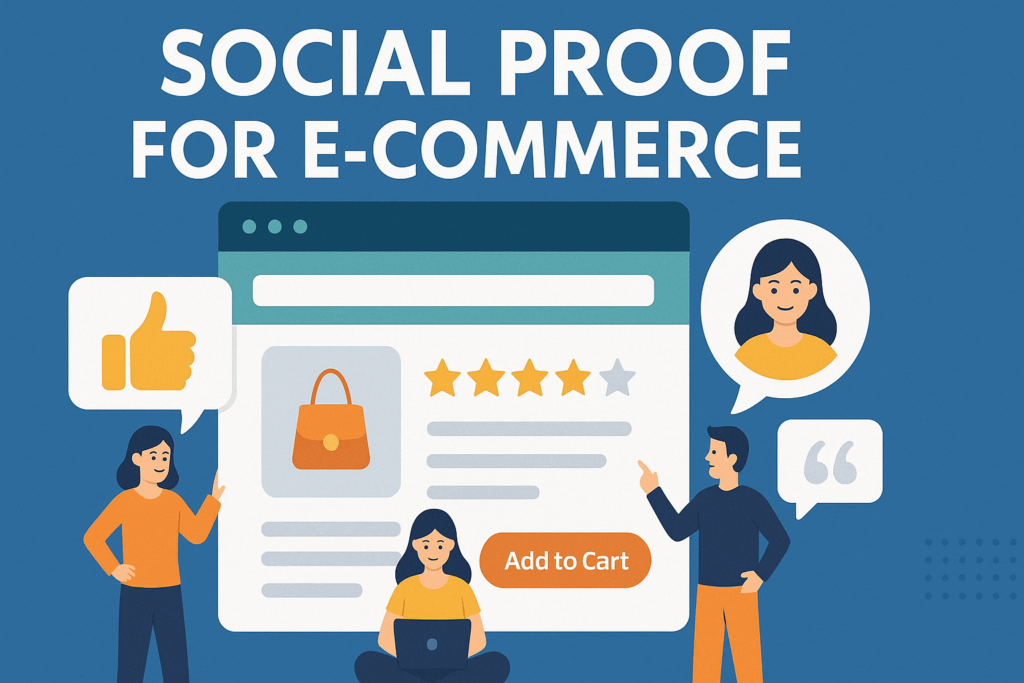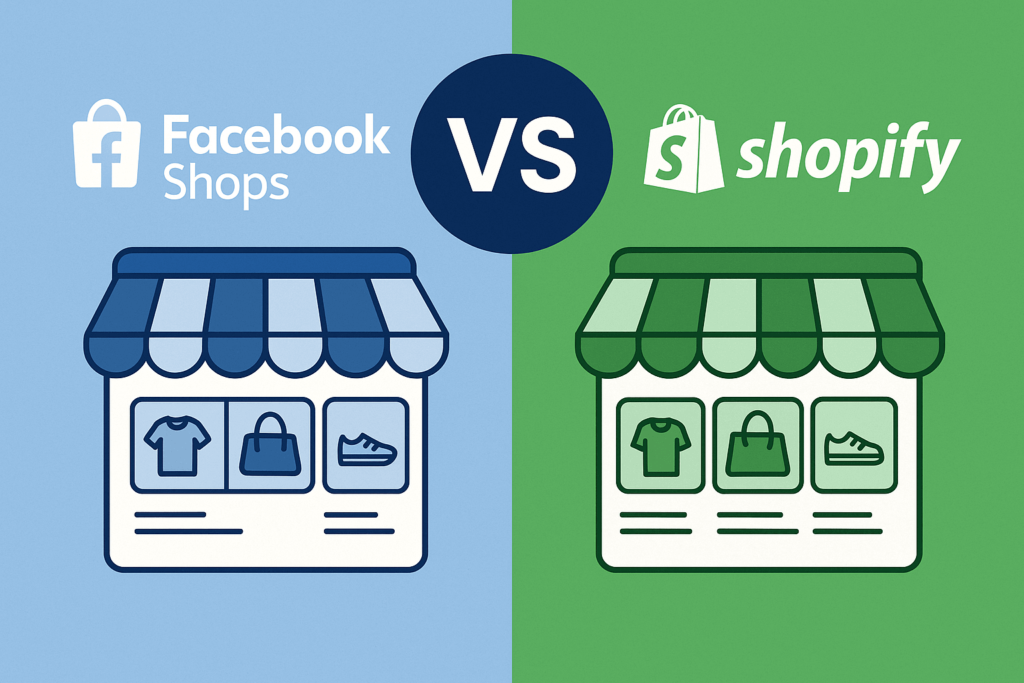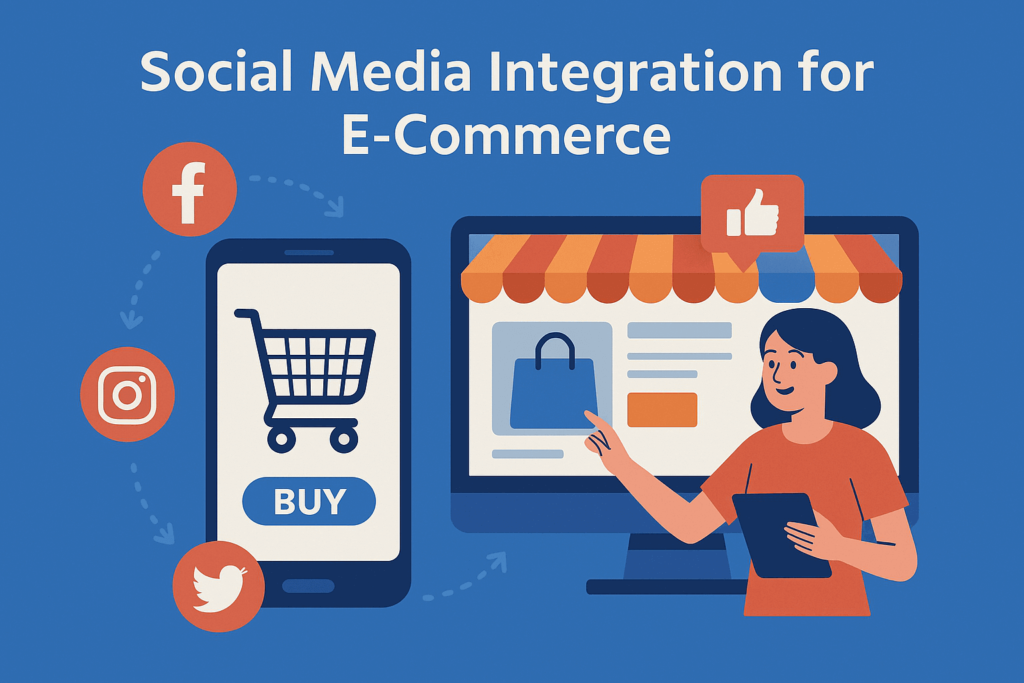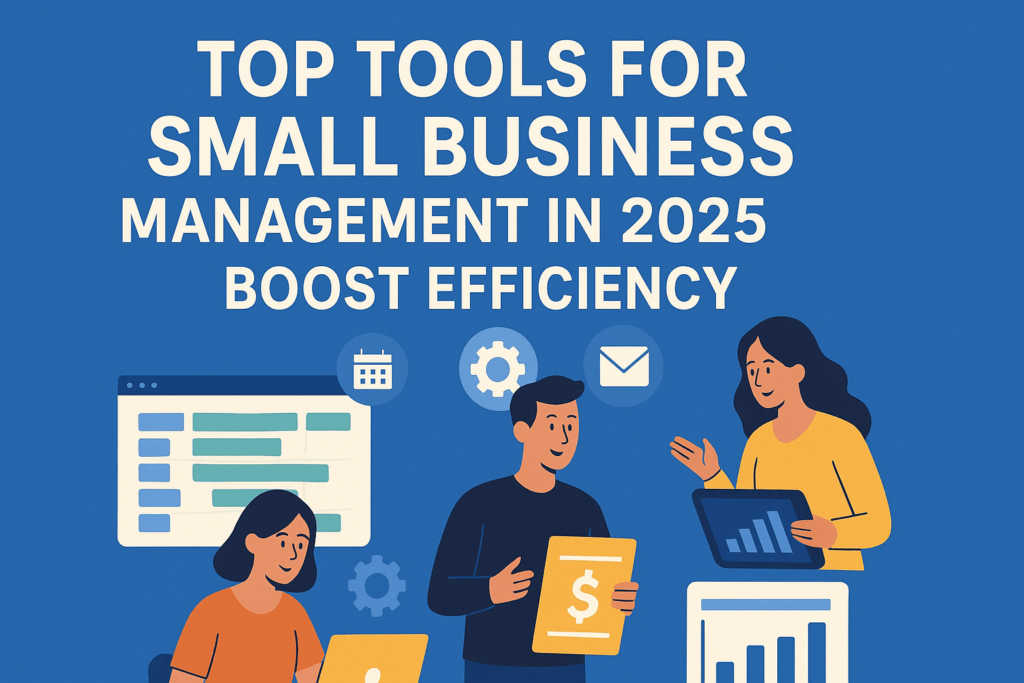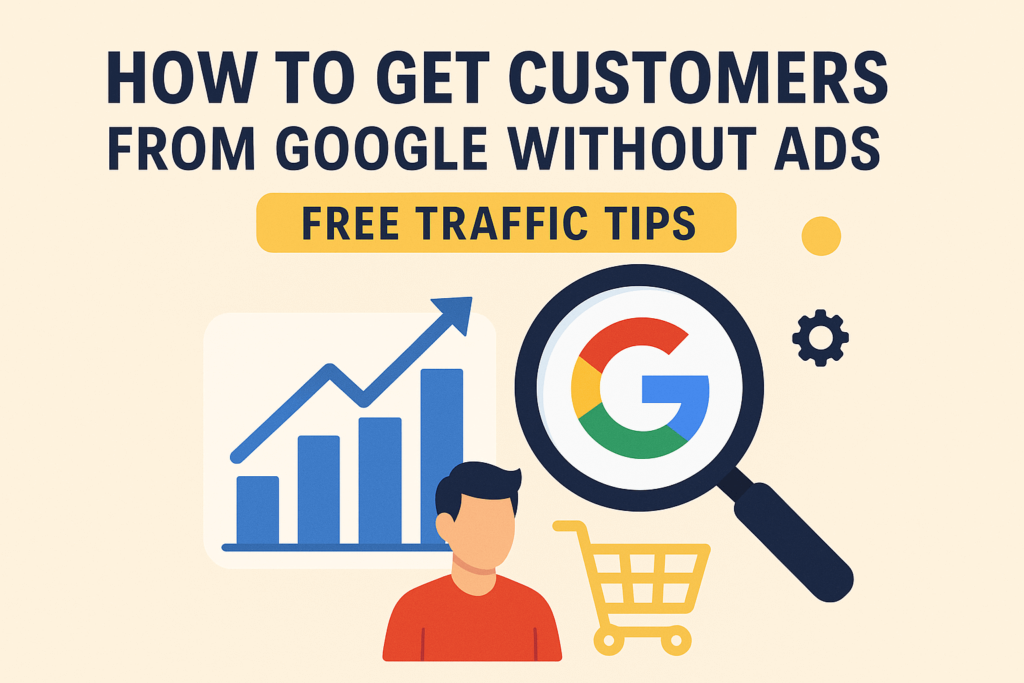Why Every E-Commerce Website Needs Social Proof And How to Show It
When someone lands on your online store, they’re not just looking at products they’re asking themselves one big question: Can I trust this place? And that’s where social proof for e-commerce really works its magic. You could have the best product out there, but if no one’s talking about it, most shoppers won’t take the risk. People trust people not ads. So, when visitors see others buying, reviewing, and loving your products, they feel safer. That feeling of trust? It turns into more clicks, more sales, and more loyal customers. Let’s walk through why social proof matters so much today and how you can use it on your website without sounding too pushy or salesy. What is Social Proof, Really? At its core, social proof is pretty simple: it’s just showing that others have already tried and liked your stuff. It can be: A few happy customer reviews for e-commerce products Star ratings on product pages Real-time pop-ups like “Ravi just ordered this” A shoutout from someone on Instagram A badge that says “Best Seller” or “Popular Choice” These are all trust signals for online store visitors. When done right, they make your brand feel more trustworthy without you having to say a word. Why Social Proof Works So Well Let’s say you walk into a restaurant. It’s packed. The next one is empty. Which one would you trust more? Same thing happens online. Shoppers are just looking for a reason to believe your product is good. Social proof for e-commerce gives them that reason quickly and naturally. And once they trust you, they’re way more likely to hit “Add to Cart.” Benefits of using social proof for e-commerce 1. Builds Instant Trust When new visitors see that other people have bought from you and had a good experience, they’re more likely to trust you even if it’s their first visit. 2. Reduces Purchase Anxiety Shopping online can feel risky. Social proof (like reviews and ratings) helps ease that hesitation. It answers the silent question: “Will I regret this?” and reassures them. 3. Increases Conversion Rates Good social proof encourages more people to take action. It’s a quiet nudge that says, “Others love this, you probably will too,” and that can boost e-commerce conversions big time. 4. Encourages Word of Mouth When you showcase happy customer stories, you create a cycle. Others are more likely to share too, which fuels organic growth through real feedback. 5. Makes Your Brand Feel “Alive” Purchase pop-ups, customer photos, and live reviews make your store feel active and trustworthy not like a static, empty page. 6. Improves Brand Credibility Whether it’s a testimonial, an influencer shoutout, or a media feature, these trust signals for online store visitors prove that your business is real, reliable, and taken seriously by others. 7. Adds Value Without Costing Extra The content comes from your customers, their photos, reviews, and feedback. You’re not creating ads; you’re showcasing real people and real experiences. Easy Ways to Add Social Proof to Your Website You don’t need to overthink it. Even a few simple elements can do the job. Here are some of the most effective ways you can start using social proof today. 1. Real Reviews from Real Customers People love reading what other shoppers have to say. Add a review section on your product pages and let your customers speak. Be honest, even 4-star reviews are helpful. They feel more real. 2. Ratings that Show at a Glance A solid 4.7-star average? That’s instant confidence. Include a rating summary near the product title or price. It helps shoppers decide faster. 3. Social Media Mentions If someone posts your product on Instagram, that’s gold. Feature it. Make it easy for others to share too. UGC (user-generated content) is one of the best trust signals for online store success. 4. Sales Alerts or Purchase Popups You’ve probably seen those small pop-ups: “Priya just bought this 2 mins ago.” It tells shoppers, “Hey, others are buying this too.” It’s simple, but it works. 5. Testimonials or Stories If you’ve got a customer with a great experience, ask them to share it. A photo, a few lines, and their name that’s all you need. Put it on your homepage or near checkout to build trust right where it matters. Where Should You Show Social Proof? This part’s important. Placement makes a difference. Product Pages – Put reviews and ratings near the price and “Add to Cart” button Homepage – Highlight a few great testimonials or sales milestones Checkout Page – Add a note like “Trusted by 5,000+ customers” Email Campaigns – Include reviews in your abandoned cart or product launch emails Pop-Ups – Show recent purchases or trending items during browsing The key is to place social proof where it can answer the shopper’s doubts, not distract them. What to Avoid Just a heads up, a few things can actually hurt trust if you’re not careful: Don’t post fake reviews. People can tell, and it’ll backfire. Avoid using outdated testimonials. Keep things fresh. Don’t overdo pop-ups. They should feel helpful, not annoying. And make sure all social proof looks good on mobile most of your customers are on their phones. Why This Actually Helps You Sell More Here’s the thing: social proof for e-commerce doesn’t scream “BUY NOW.” It whispers, “Others did and they’re happy.” That’s powerful. It lowers resistance and gives people the final nudge they need. And the best part? It feels authentic. When shoppers see others enjoying your product, they want in. That’s how you boost e-commerce conversions not by shouting louder, but by building trust quietly and consistently. Let Marketing Via Digital Help You Do It Right If you want help adding smart, real social proof that fits your brand and gets results, Marketing Via Digital has your back. We work with businesses just like yours, helping them build websites that not only look good but feel trustworthy. From customer reviews for e-commerce setup to live pop-ups and user-generated






